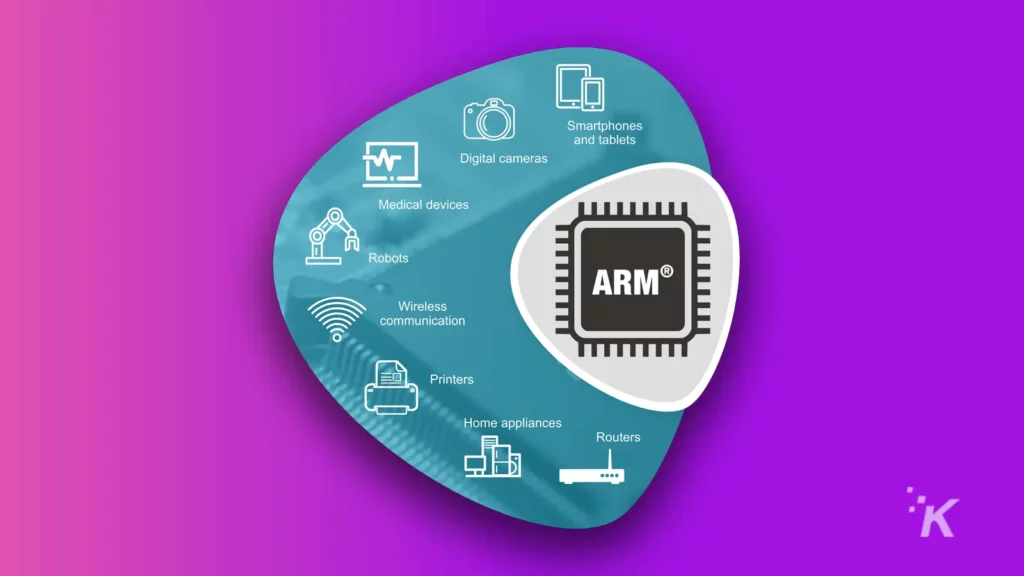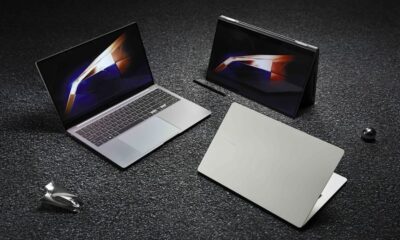Laptop
The first-ever RISC-V laptop is now available for preorder
The company, Xcalibyte, is still keeping tech details close to the chest, however.

Just a heads up, if you buy something through our links, we may get a small share of the sale. It’s one of the ways we keep the lights on here. Click here for more.
Between 2005 and 2020, Intel and AMD enjoyed a near-monopoly on the PC market. Their control was absolute. Excluding a few outliers, virtually every laptop or desktop computer used an x86-based processor.
That dominance looks ever more tenuous. ARM-based processors — once confined to smartphones, embedded systems, and servers — enjoy a significant toe-hold in the PC market. I’m talking about Apple Silicon, obviously. But let’s not overlook Qualcomm’s efforts.
Intel’s processor monopoly is now a duopoly. But are we set for another shake-up? Last week, Chinese startup Xcalibyte opened pre-orders for the world’s first RISC-V laptop, dubbed ROMA.
RISC-V represents a seismic shift in how processors are made and designed. Put simply: it’s a totally open-source design. Whereas chipmakers must pay ARM to use its core design and architecture, RISC-V doesn’t, opening the door to more competition.
Understanding RISC-V

Before we explore the Xcalibyte Roma further, it’s worth exploring what makes RISC-V so interesting.
To do that, we need to understand how ARM makes money. Unlike Intel, ARM doesn’t manufacture its own chips. Instead, it designs the underlying technology and then charges a fee to anyone who wants to use it.
In 2021, ARM made a cool $2.7bn from licenses and royalties. Its customers include Apple, Samsung, Qualcomm, and MediaTek, to name just a few.
Going deeper, ARM has two main business units:
First, we have core designs. Companies like Qualcomm and Samsung pay good money to use the Cortex CPU and Mali GPU designs.
Additionally, ARM licenses the underlying ARM architecture (known as an instruction set architecture, or ISA) to companies that wish to design their own cores.
The most notable example of this is Apple Silicon, which uses the fundamental ARM ISA, albeit with Cupertino’s in-house GPU, CPU, and NPU core designs.
The actual license fees themselves are trivial. They’re pennies. But when you consider that billions of ARM-based processors are sold each year, those pennies add up. Moreover, licensing deals are time-consuming and often restrictive.
RISC-V eliminates those two problems. There are no license fees, nor are there any restrictive terms governing how it’s used. Startups can take the RISC-V ISA and start building.
I previously explored the promise of RISC-V for HowToGeek. Before I move on, I want to add a bit of nuance.
RISC-V is maintained by RISC-V International, a non-profit organization based in Switzerland. Unlike ARM, it doesn’t make core designs. It merely develops the underlying ISA. Companies must either build their own core designs or license one from a third-party company.
The RISC-V laptop

So, let’s go back to the Xcalibyte ROMA.
It goes without saying this targets a small niche — forward thinkers, developers, and free software utopians. The ROMA’s marketing copy points to this, with Xcalibyte describing this as “web3 friendly,” and offering a free NFT for the first 100 buyers.
Xcalibyte offered little else, in terms of technical detail. There’s an unspecified quad-core RISC-V processor, up to 16GB of energy-sipping LPDDRx4 RAM, and a 256GB SSD.
The unnamed SoM (system-on-module) uses both 12nm and 28nm processes, with a dedicated GPU and onboard AI acceleration. Again, we have no benchmarks to gauge how the ROMA will perform. Nor do we know how much it’ll cost.
Given this is likely a low-volume machine aimed at a small market, I’d wager it’ll cost many magnitudes more than an equivalently-performant machine.
But RISC-V is growing. It’s only a matter of time until it starts to make serious inroads into the desktop, server, and mobile markets. This laptop gives developers an opportunity to stay ahead of the curve.
The future of RISC-V
RISC-V is young. The University of California, Berkeley released the first experimental ISA in 2010. By contrast, the Intel or AMD CPU in your laptop has a lineage dating back to the original 8086 microprocessor first released in 1978.
The ARM chipset is younger, but only slightly, with the first example debuting in 1985.
And yet, it already has its users. NVIDIA uses the RISC-V ISA in its GPUs. The Google Titan M2 chip, found in the Pixel 6, uses RISC-V. Seagate is working on RISC-V-based microcontrollers for its storage products.
Not bad for a product that’s barely in middle school.
It’s only a matter of time until RISC-V proliferates within the consumer technology space. It’s not hard to imagine a future where your smartphone or laptop uses a RISC-V chipset. And the Xcalibyte Roma offers us a sneak peek of what that will look like, and how far we’re off.
Have any thoughts on this? Let us know down below in the comments or carry the discussion over to our Twitter or Facebook.
Editors’ Recommendations:
- This new MacBook case turns your laptop into an actual book
- Dell overhauls its XPS 13 2-in-1 laptop with new tablet design
- M2-powered MacBook Air is reportedly coming on July 15
- Apple’s stock MacBook Pro M2 SSD is slower than the M1 model

































